Huawei SmartAX MA5683T OLT
Huawei SmartAX MA5683t OLT Chassis with 2xcontrol board, 2x power board,2xUplink board
Control board:SCUN,SCUL
Power board:PRTE
Uplink board:GICF,GICG,GICK,X1CA,X2CA,X2CS
Huawei SmartAX MA5683T OLT is optical access device functions as an OLT device in a GPON/EPON system. Its function and function are similar to those of the Huawei MA5680T. It is a small-to-medium-capacity OLT device. Huawei SmartAX MA5683T OLT is 19inch, with 5U height 6 service slots, supporting EPON, GPON, 10G PON, P2P service; H802MABO subrack equipped with 2xH801SCUN, 2xH801PRTE
Huawei MA5683T provides 13 slots, including 6 service board slots; 2 main control board slots; 2 GIU upstream board slots; 2 power board slots; and 1 common interface board slot.
| Board Type | Model | Full Name |
| Control board | SCUL | Super Control Unit Board |
| SCUN | Super Control Unit Board | |
| Service board | GPBC | 4-port GPON OLT Interface Board |
| GPBD | 8-port GPON OLT Interface Board | |
| OPFA | FE P2P Optical Interface Board | |
| TOPA | TDM Traffic Over PSN Board | |
| CSPA | CESoP Service Process Board | |
| SPUA | Service Process Board | |
| ETHB | Ethernet Service Access Board | |
| SPUB | Service Process Unit Board | |
| Clock board | CITD | Combo Interface Transfer Board |
| BIUA | BITS Interface Unit Board | |
| Upstream interface board | GICF | 2-port GE Optical Interface Card |
| GICG | 2-port GE Electrical Interface Card | |
| GICK | 2-port GE Optical/Electrical Interface Card | |
| X1CA | 1-port 10GE XFP Optical Interface Unit Board | |
| X2CA | 2-port 10GE XFP Optical Interface Unit Board | |
| X2CS | 2-port 10GE Uplink Interface Card | |
| Power interface board | PRTE | Connect Power Board |
SmartAX MA5600T Series OLT
| Item | MA5600T(ETSI)/MA5680T | MA5600T(IEC)/MA5680T | MA5603T/MA5683T | MA5608T |
| Supported cabinet | Indoor cabinet: N63E-22, N66E-18 | Indoor cabinet: N66E-22 | Indoor cabinet: N66E-18 | Indoor cabinet: N63E-22 |
| Outdoor cabinet: F01D500, F01D2000 | Outdoor cabinet: none | Outdoor cabinet: F01D500, F01S300 | Outdoor cabinet: F01S200 | |
| Board configuration | 2 slots for control boards | 2 slots for control boards | 2 slots for control boards | 2 slots for control boards |
| 16 slots for service boards | 14 slots for service boards | 6 slots for service boards | 2 slots for service boards | |
| 1 slot for the universal interface board | 1 slot for the universal interface board | 1 slot for the universal interface board | 2 slots for the power interface board. | |
| 2 slots for upstream interface boards | 2 slots for upstream interface boards | 2 slots for upstream interface boards | ||
| 2 slots for power interface boards. | 2 slots for power interface boards. | 2 slots for power interface boards. | ||
| Switching capacity of the backplane bus | 3.2 Tbit/s | 1.5 Tbit/s (H801MABO) | 720 Gbit/s | |
| 2 Tbit/s (H802MABO) | ||||
| Supported control board and its switching capacity | SCUN: 480 Gbit/s in active/standby mode or 960 Gbit/s in load-sharing mode | MCUD/MCUD1: 128 Gbit/s in active/standby mode or 256 Gbit/s in load-sharing mode | ||
| SCUH: 960 Gbit/s in active/standby mode or 1920 Gbit/s in load-sharing mode | ||||
| SCUB: 48 Gbit/s | ||||
| SCUF: 128 Gbit/s | ||||
| System Layer 2 packet forwarding rate | SCUN: 726 Mpps in active/standby mode or 1452 Mpps in load-sharing mode | MCUD/MCUD1: 190 Mpps in active/standby mode or 380 Mpps in load-sharing mode | ||
| SCUH: 1428 Mpps in active/standby mode or 2856 Mpps in load-sharing mode | ||||
| SCUB: 72 Mpps | ||||
| SCUF: 190 Mpps | ||||
| Switching/Forwarding delay | Short forwarding delay: The 100 Mbit/s Ethernet port sends the 64-byte Ethernet packets at a delay shorter than 20 渭s. | |||
| BER in full load | BER of a port when the port transmits data in full load < 10 e-7 | |||
| System reliability specifications | System: redundant configuration. | |||
| System availability for the typical configuration: > 99.999% | ||||
| Mean time between failures (MTBF): about 45 years. | ||||
| NOTE: | ||||
| Due to different network environments and different boards used by devices, the preceding MTBF (45 years) of theMA5600T/MA5603T/MA5608Tis only for reference. The average repair time for field replaceable units (FRUs) is about 2 hours. The preceding values are only for reference. For details, contact the related Huawei engineers. | ||||
| Maximum number of ADSL2+ ports in a subrack | 1024 | 896 | 384 | 128 |
| Maximum number of VDSL2 ports in a subrack | 1024 | 896 | 384 | 128 |
| Maximum number of EFM SHDSL ports in a subrack | 512 | 448 | 192 | 64 |
| Maximum number of TDM SHDSL ports in a subrack | 256 | 224 | 96 | 32 |
| Maximum number of POTS ports in a subrack | 1024 | 896 | 384 | 128 |
| Maximum number of ISDN BRA ports in a subrack | 512 | 448 | 192 | 64 |
| Maximum number of ISDN PRA ports in a subrack | 64 | 56 | 64 | 64 |
| Maximum number of GPON ports in a subrack | 256 | 224 | 96 | 32 |
| Maximum number of 10G GPON ports in a subrack | 128 | 112 | 48 | 16 |
| Maximum number of P2P FE ports in a subrack | 768 | 672 | 288 | 96 |
| Maximum number of P2P GE ports in a subrack | 768 | 672 | 288 | 96 |
| Maximum number of upstream ports (GE ports in the GIU slot) in a subrack | 8 | 8 | 8 | – |
| Maximum number of upstream ports (10GE ports in the GIU slot) in a subrack | 4 | 4 | 4 | – |
| Maximum number of upstream ports (PON ports in the GIU slot) in a subrack | 2 (in the active/standby mode) | 2 (in the active/standby mode) | 2 | – |
| Maximum number of upstream ports (ports on the control board) in a subrack | SCUN/SCUK: 8 x GE (in the load-sharing mode) | MCUD: 8 x GE (in the load-sharing mode) | ||
| SCUH: 8 x 10GE (in the load-sharing mode) | MCUD1: 4 x GE + 2 x 10GE (in the load-sharing mode) | |||
| SCUB/SCUF: 4 x GE (in the active/standby mode) | ||||
| Maximum number of extended subracks connected to a master subrack | 32 | 32 | 32 | – |
| Maximum number of ONUs supported by each subrack | For Layer 2 applications, the maximum number of ONUs supported by each subrack is determined based on the number of MAC addresses and service flows supported by the control board, as well as the number of MAC addresses and service flows planned for the ONUs.
For Layer 3 applications, the maximum number of ONUs supported by each subrack is determined based on the number of routes and ARP entries supported by the control board. |
|||











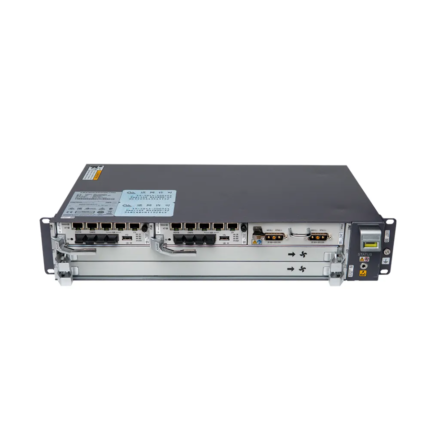



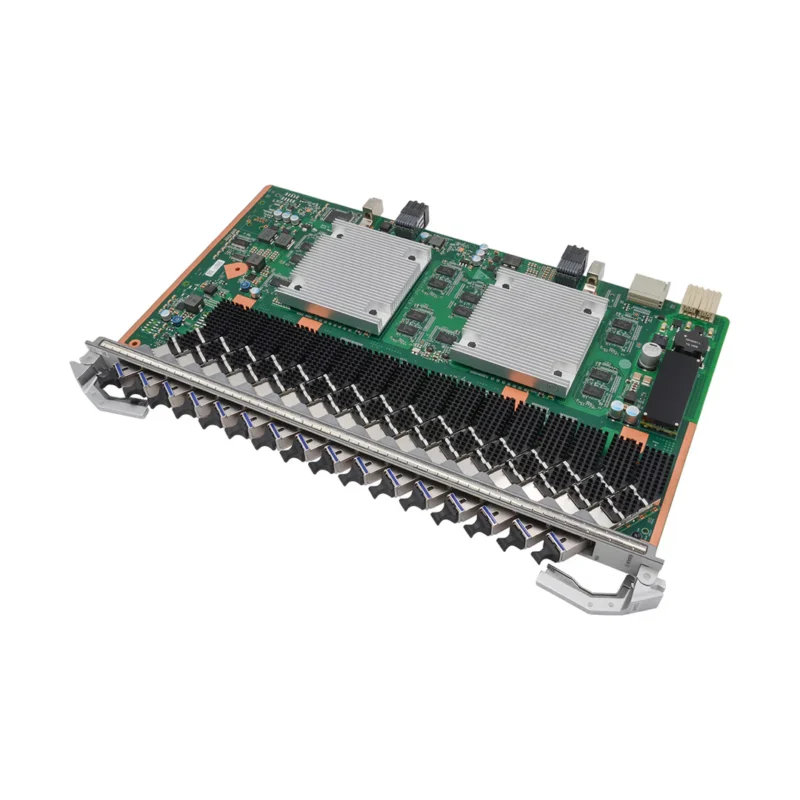

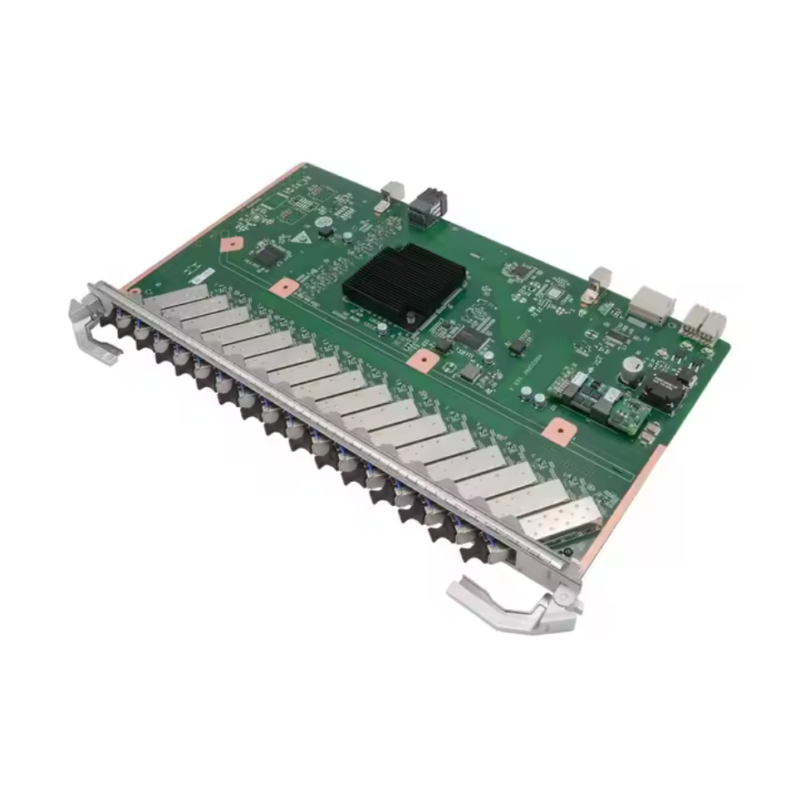
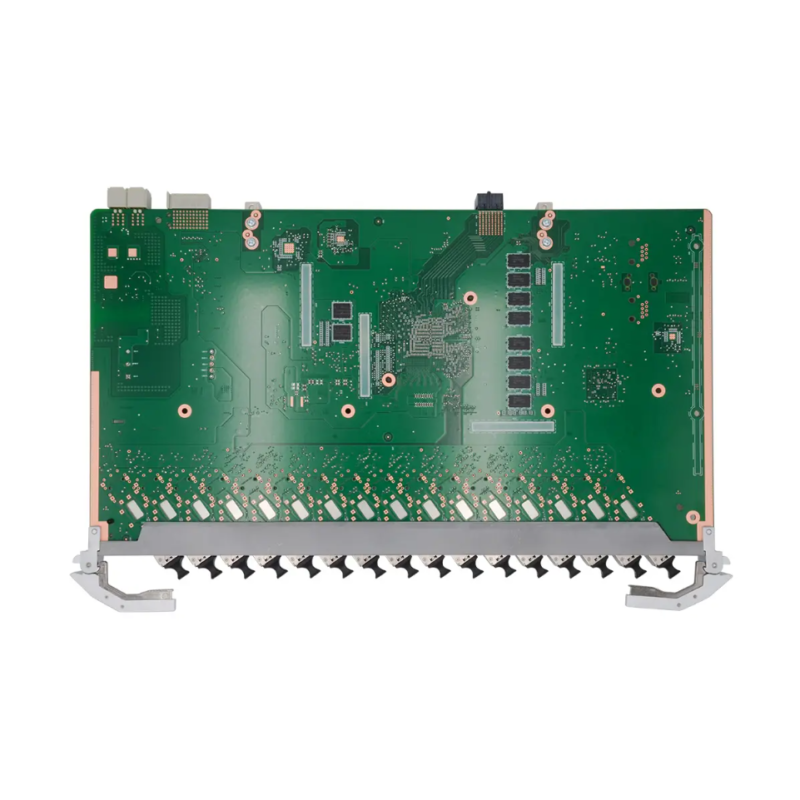



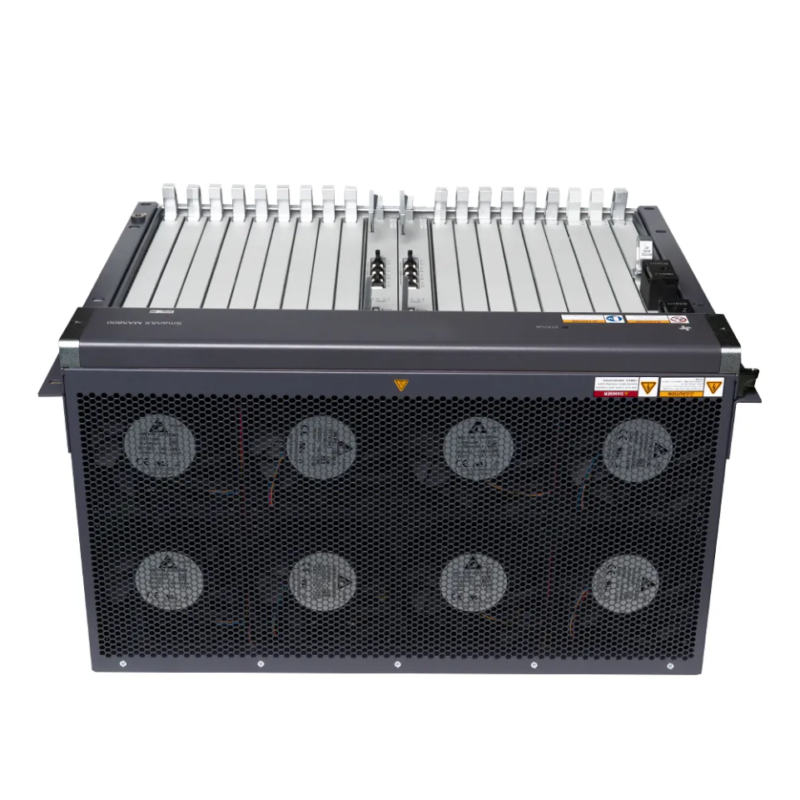
Reviews
There are no reviews yet.